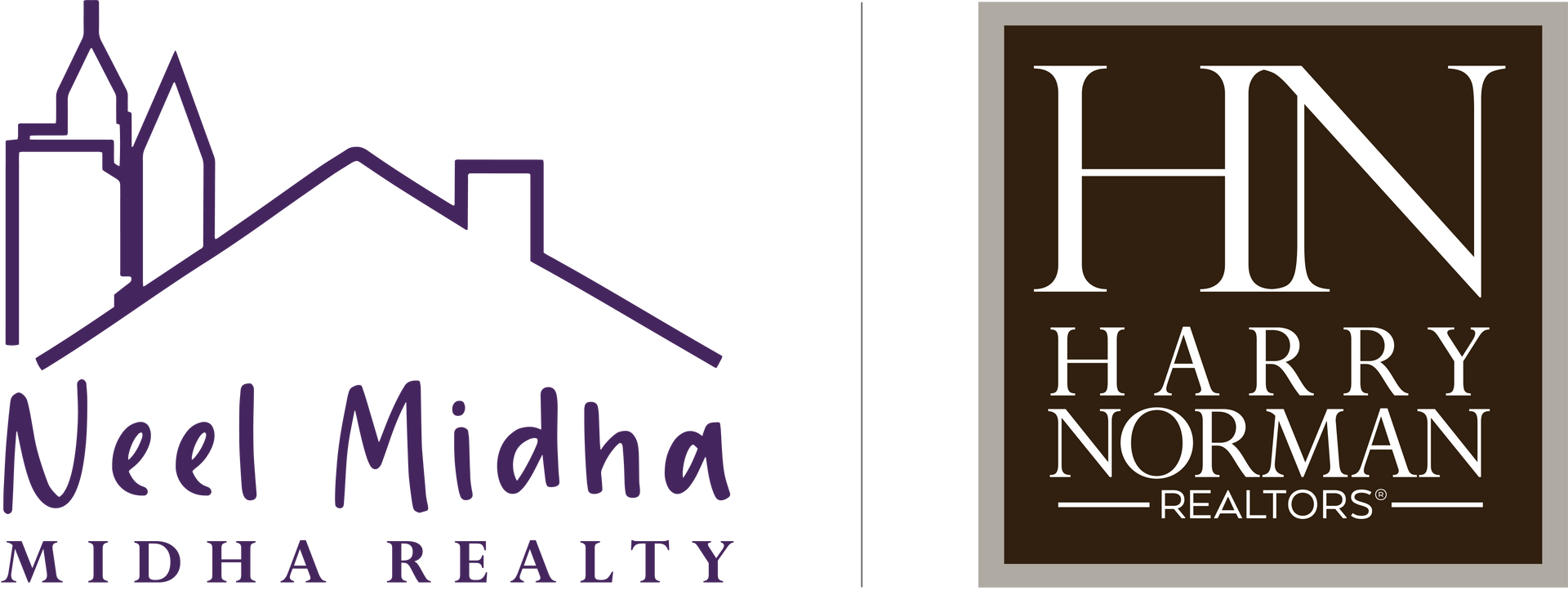INFORMATION ON
South downtown
South Downtown
Located at the heart of the city, South Downtown is one of Atlanta’s most historic and fastest-evolving neighborhoods. With century-old buildings, iconic landmarks, and a wave of new development, South Downtown offers an edgy, creative vibe perfect for urban pioneers, entrepreneurs, and culture seekers who want to be where the city is truly alive.
A Bit of History
South Downtown was Atlanta’s original commercial hub in the 1800s and early 1900s — home to bustling department stores, banks, and rail connections that shaped the city’s growth. Today, the neighborhood is undergoing a powerful renaissance, with restoration of historic buildings, adaptive reuse projects, and innovative new developments leading the way.
What Attracts People to South Downtown
- Historic Architecture: Think early 20th-century brick facades, ironwork details, and timeless urban grit.
- Creative Energy: Home to artists, tech startups, entrepreneurs, and local makers.
- Major Investments: Projects like Newport’s revitalization of entire city blocks are transforming the area into a live-work-play hub.
- Transit-Connected: Steps from Five Points MARTA Station, with easy access to the airport, Midtown, and beyond.
- Cultural Landmarks: From the Georgia State campus to historic music venues, South Downtown pulses with civic and creative pride.
Places to Eat
South Downtown is full of local flavor — with everything from hidden gems to bold newcomers:
- Spring Café – A modern all-day café inside the beautifully restored Hotel Row.
- Waffle House Museum (Nearby in Edgewood) – For a quirky slice of Atlanta’s dining history.
- Paschal’s – A soul food institution that played a key role in the Civil Rights Movement.
- The Municipal Market (Sweet Auburn Curb Market) – A short walk away, offering everything from bakeries to BBQ.
- Wild Leap Atlanta – A massive craft brewery, distillery, and rooftop bar bringing new energy to the neighborhood.
Things to Do
- Underground Atlanta – A reimagined destination blending retail, entertainment, and art in a historic setting.
- Georgia State University – A major part of the neighborhood, bringing vibrancy, events, and educational resources.
- Hotel Row & Mitchell Street Corridor – Newly revitalized buildings with boutique storefronts, art spaces, and cafés.
- Mercedes-Benz Stadium – Catch Falcons games, United matches, or concerts within walking distance.
- South Downtown Art Walks & Murals – A rotating showcase of the city’s best street art and local creators.
Why People Love South Downtown
South Downtown is Atlanta in its raw, inspired, and rising form. For those who crave character, culture, and connection, this neighborhood offers authenticity you can’t fake — and opportunity you can’t ignore. It’s where historic grit meets future-forward vision, and where residents are part of something bigger: the next chapter of Atlanta.
Buying a Home in South Downtown: What to Know
Property Types & Neighborhood Styles
- A mix of converted offices, lofts, and apartments in historic structures along Hotel Row, plus some newer infill and boutique developments.
- The area combines institutional and government uses with emerging residential pockets—not a typical neighborhood feel, but evolving.
- Streets are lined with older civic and commercial buildings repurposed for living or creative use, reflective of its industrial and governmental past.
Location & Municipal Overview
- This 1.5-square-mile area sits just south of Centennial Olympic Park, bounded by I‑20, I‑85, and the Connector—deep in central Atlanta.
- It hosts numerous city, county, state, and federal offices, forming the government center of Atlanta.
- MARTA rail stations (Garnett, Georgia State) and surface transit provide walkable connectivity to the rest of Downtown.
What to Know During Inspections
- Many residences are adaptive reuse—inspect for soundproofing, HVAC, insulation, and historical preservation details like window condition and structural soundness.
- Consider noise from adjacent government offices, events, and highway proximity.
- Verify condition of older communal systems—elevators, fire suppression, exterior seals—in converted buildings.
Pricing, Demand & HOA Notes
- Median home sale price is around $240K, down approximately 52% year-over-year—indicating a soft and undervalued market.
- Average sale price per square foot is about $235.
- Homes spend an average of 94 days on market, with typical sale prices around 3% below list, signaling buyer-friendly conditions.
Transportation & Commute
- Walking distance to multiple MARTA stations and extensive bus routes at the urban core.
- The Downtown Connector and interstates are easily accessible, but most residents favor a car-light commute.
- Proximity to Underground, hotel districts, and the Capitol makes it nationally unique for in-town access.
Recreation, Culture & Community Life
- While lacking traditional parks, proximity to Centennial Olympic Park, cultural venues, and destination entertainment offers easy high-traffic options.
- Annual events in the park and festivals in nearby Midtown or Downtown are steps away.
- Expect more foot traffic, commuters, and government workers than local residents.
Zoning & Growth Awareness
- Defined as part of Downtown’s “Government Walk” with historic hotel districts (Hotel Row)—subject to adaptive reuse zoning and urban redevelopment.
- Large-scale redevelopment planned through Centennial Yards (The Gulch), which will bring thousands of residential units alongside retail and entertainment.
- Buyers should monitor municipal plans and zoning overlays impacting density, noise, and long-term livability.
Final Tips
- Ideal for urban professionals or investors seeking affordable downtown pricing with upside potential tied to redevelopment.
- Prepare for long-term inspections—focus on building infrastructure, noise insulation, and conversion quality.
- Be aware of event traffic, government activity, or highway noise influencing lifestyle.
- The neighborhood offers uniquely positioned downtown living, low entry prices, and future value potential tied to urban renewal efforts.
